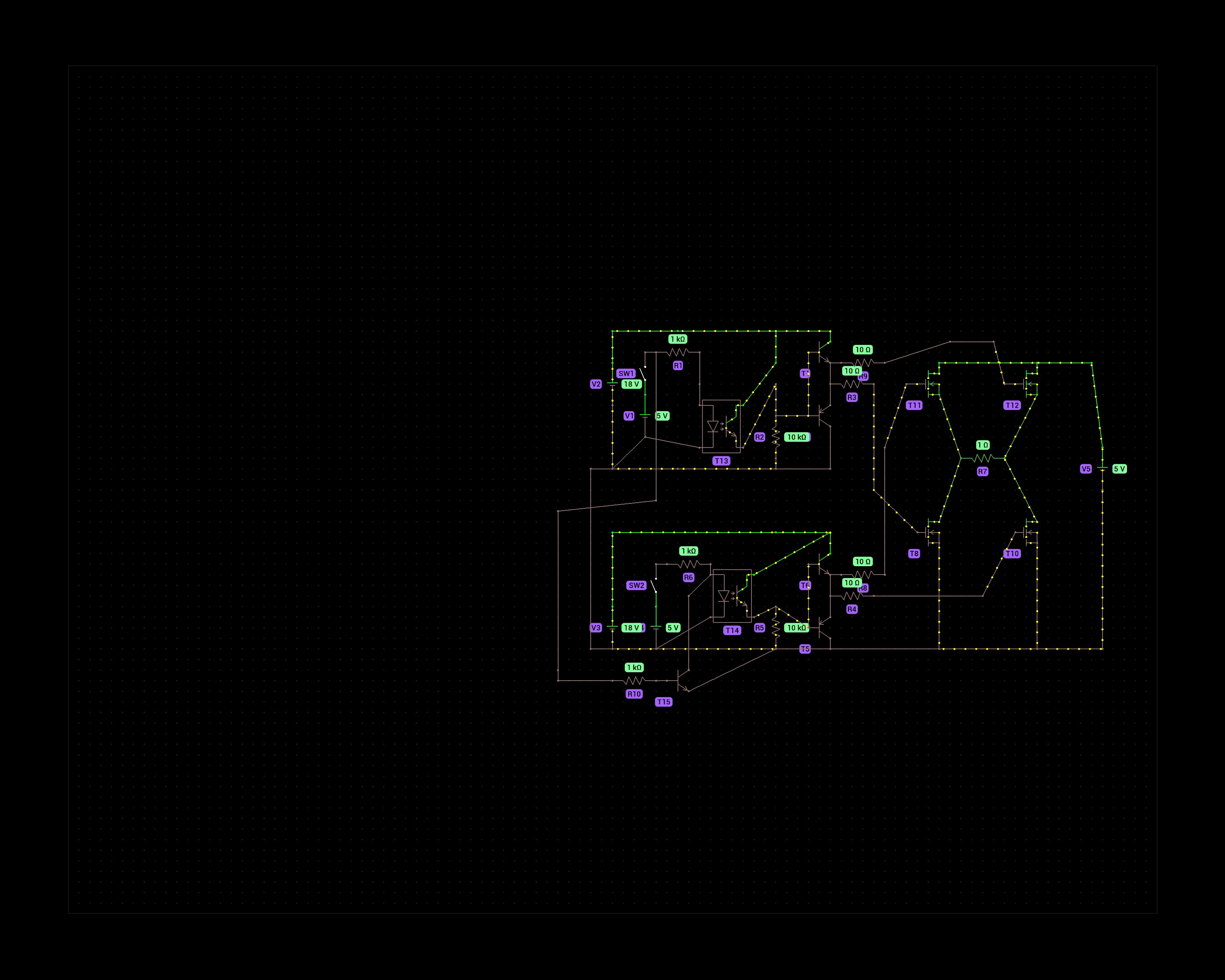this post was submitted on 07 Aug 2024
18 points (100.0% liked)
Ask Electronics
3325 readers
1 users here now
For questions about component-level electronic circuits, tools and equipment.
Rules
1: Be nice.
2: Be on-topic (eg: Electronic, not electrical).
3: No commercial stuff, buying, selling or valuations.
4: Be safe.
founded 1 year ago
MODERATORS
you are viewing a single comment's thread
view the rest of the comments
view the rest of the comments

If I were you, I would not step down the 24V, but use that to drive the motor with pwm. It requires a bit different H bridge but overall it would be simpler. But if you already have a converter module that is good enough this works too.
That would require an H bridge with two Pmosfets on the high side indeed. And a way to prevent the gate voltage from going below -20V on those.
The PWM frequency on arduino nano is also a bit slow for controlling a motor so a 555 circuit needs to be added then. I have a large amount of XL4016 modules that work well though.
Thanks for the advice!
I don't think the PWM on the arduino is slow for your application. Motors are actually great for filtering. Even if the current is not filtered, mechanically it is so slow that you can go as low as 100Hz and still drive the motor acceptably well.